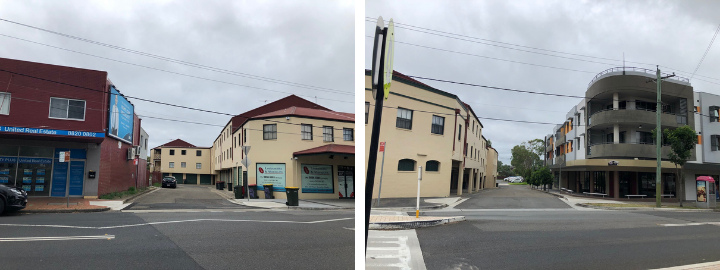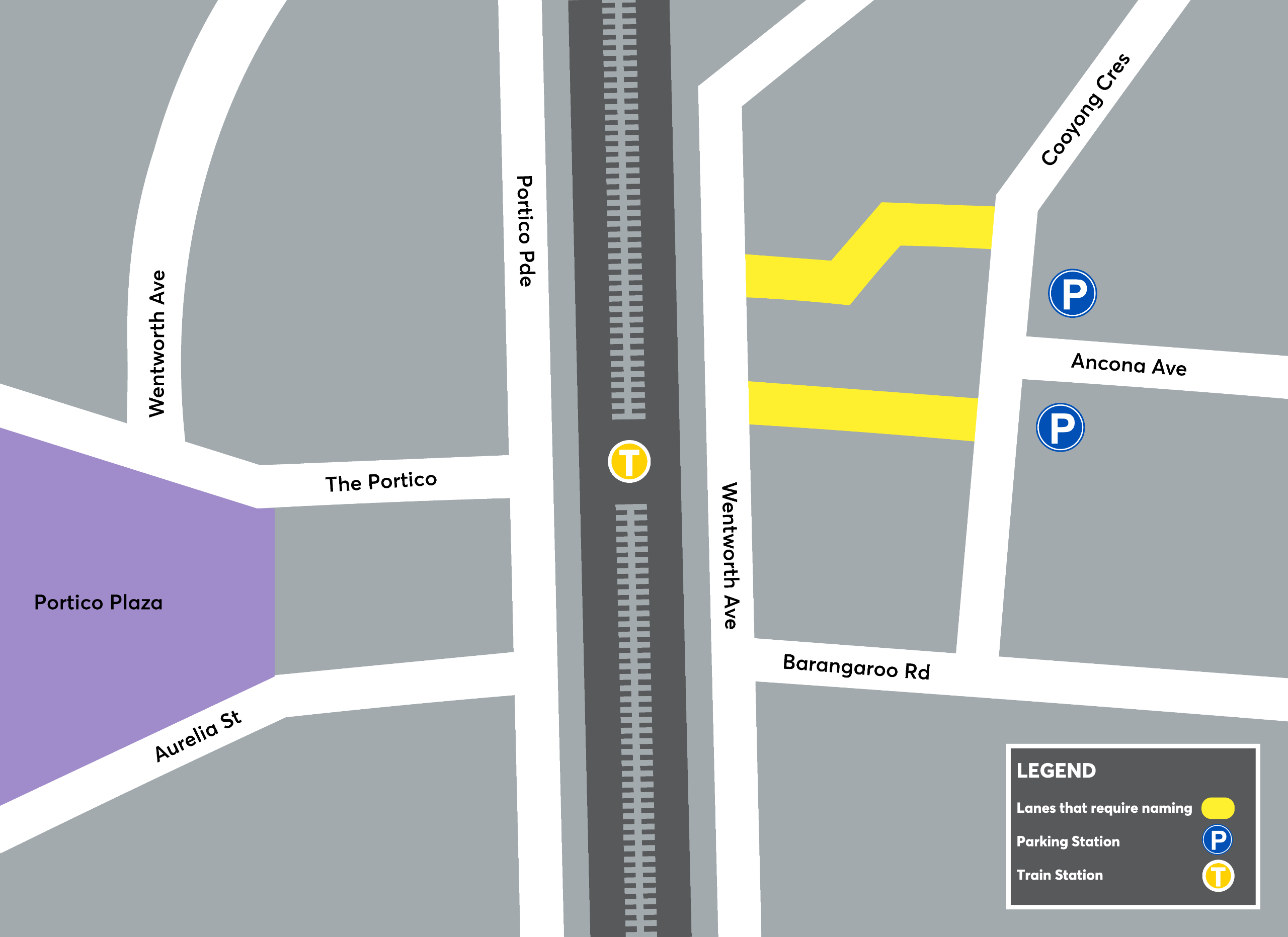Mrs Amelia Riley was the postmistress who ran the local Toongabbie Post and Telegraph Office that was located on this site from 1922 (followed by her daughter Nellie, two decades later). A postmistress was highly valued in the local community, with many being honoured as a helpful guide, counsellor and friend to those who migrated to the district.
The local Toongabbie Post and Telegraph Office was located on this site from 1922.
William Bell Riley and his family lived on the site from 1913 to the 1950’s where the lanes now pass through and next to Toongabbie Train Station. During the 1930’s, William was a ‘fettler’, a person who does repairs or maintenance works on railways.
From Wednesday 10 February to Wednesday 3 March 2021, Council sought feedback on three proposed lane names. ‘Postmistress Lane’ proved to be the most popular option, receiving 99 votes, followed next by ‘Fettler Lane’ with 85 votes and then Telegraph Lane (77 votes).



